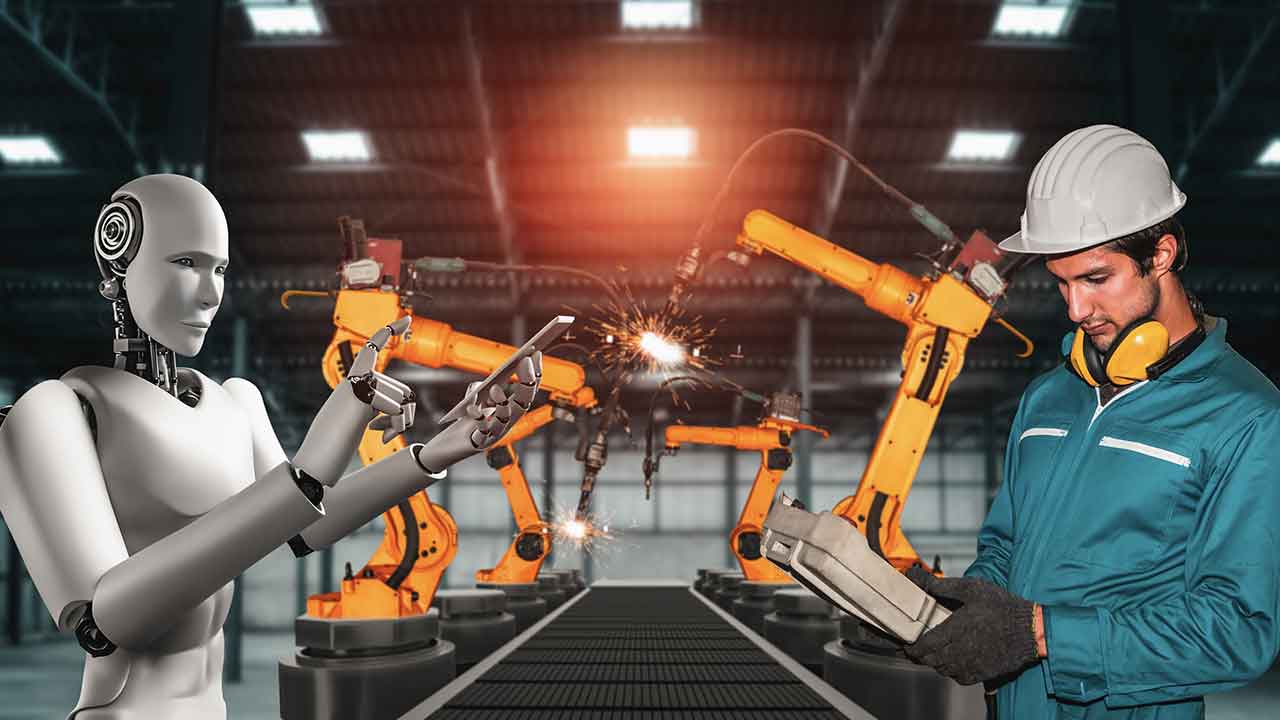How Indoor Positioning Systems Can Improve Efficiency in Manufacturing?
Increasing productivity remains one of the main challenges for the manufacturing industry. Manufacturing is a complex enterprise with intertwined machines, people, and processes, which makes the real-time location of assets critical in several aspects. Indoor positioning systems (IPS) are being increasingly deployed, with evidence mounting that it can bring efficiency gains to the shop floor. Here are some ways how I see that manufacturing can benefit from IPS.
Keeping Track of Asset Utilization
IPS enable to continuously determine the real-time location of any object and give an overview when and how assets are used. This is critical for improving manufacturing efficiency as managers can use this information to determine the optimal number of assets and inventory needed to complete a set of orders. Moreover, combined with additional sensors, asset utilization can be used to predict real maintenance needs.
Streamlining the production process
We recently wrote about how IPS can be used to streamline the production of prefab houses. The company was having problems with production standstills as forklifts did not deliver goods to the production line on time. In this case and many others, having real-time and accurate location data is key to eliminating bottlenecks and ensuring smooth operation at every stage of the production process.
Building Quality Control Systems
Manufacturing quality control relies heavily on the routine testing of end-products, checklists for operators, and having an overall quality assurance system in place. Even if faulty products are discovered before reaching the customer, these internal failure costs can be considerable. Human error is especially difficult to prevent. By utilizing IPS, quality control can be taken to new levels by building systems that determine, whether operators performed the right activities, in the right order, using the right inventory.
Indoor positioning systems present a range of new opportunities for increasing manufacturing efficiency. The technology is maturing quickly, and I expect to see more and more case studies in 2017, outlining real gains for companies that have deployed IPS.
 The article was written by Liisa Parv, Marketing Manager at Eliko, an electronics and software development company. She brings a customer-centric view on Industrial IoT with a focus on bridging the gap between the technology industry and manufacturing. Originally the article was published here.
The article was written by Liisa Parv, Marketing Manager at Eliko, an electronics and software development company. She brings a customer-centric view on Industrial IoT with a focus on bridging the gap between the technology industry and manufacturing. Originally the article was published here.



